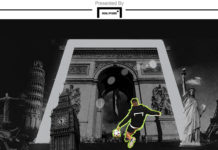You may know Stephen Gray as one of the UK’s top freestylers, but he also has an academic background to boot. With a master’s degree in sports and exercise psychology, Gray has served as a sporting mental performance coach in addition to freestyling. Gray brings his knowledge to Urban Pitch for a series entitled “The Mental Side of Freestyle.” Part I of this series explores how freestylers can mentally prepare themselves for a competition.
Freestyle football is continuing to climb the ladder in being recognized as a competitive sport of its own. This can partly be attributed to the increase in quality and quantity of competitions in recent years – some of which draw in the masses of competitors and spectators from all corners of the globe.
Anyone who knows me will also know that another field I’m passionate about is sport and exercise psychology. While completing my master’s degree this past year, I was able to draw upon countless examples and comparisons that link back to freestyle in numerous ways.
One example in particular that is directly connected with psychology is one’s preparation leading up to a competition.
The importance of prepping for a competition, regardless of its magnitude, extends to every sport, not just freestyle. Of course, every freestyler will have their own way of going about preparation, but let’s explore a handful of ways freestylers can mentally prepare for the big day.
Recreating Pressure
The competition situation is one that denotes pressure – much more pressure than trying to bust out a particular combo in the serenity of your own training studio. A freestyler may be able to perform a set he or she has been working on 99 times out of 100 in training, but it’s still possible for them to absolutely buckle on competition day, given the various other factors going on. So how does one block out the pressure?
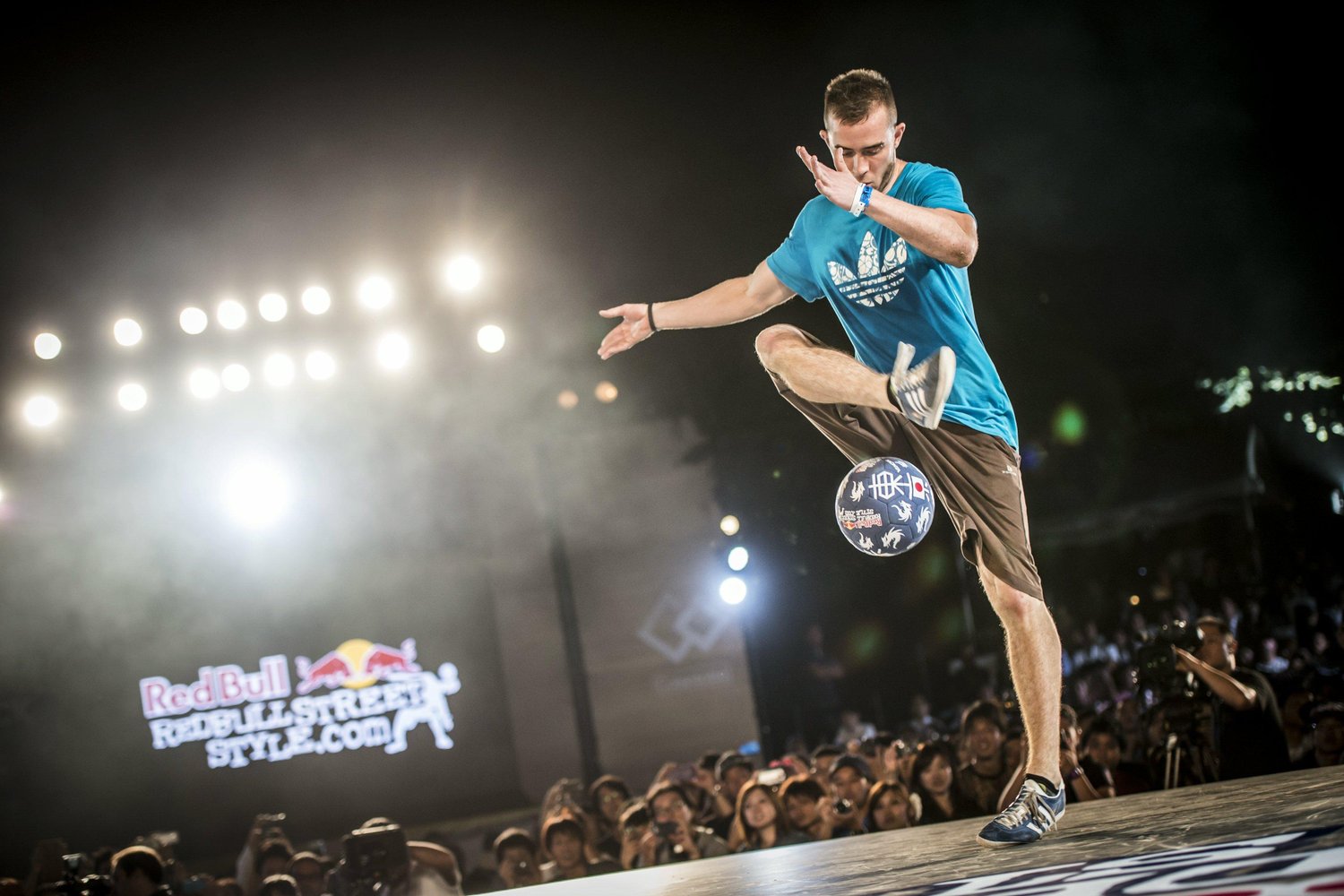
I believe adapting to the pressure may be a better way of explaining it rather than blocking it out. Some people actually perform better under pressure. This is linked to something called the Physiological Arousal Curve, which we will discuss more later on in this series.
One thing that coaches will often do in sport is try to recreate pressure situations so that the conditions are nearly identical to the actual competition.
A classic example is practicing penalty shootouts. To recreate the pressure aspect, some coaches will introduce a reward to the winners and/or punishment to the losers, this way there is more motivation than just practicing for the sake of practicing.
In addition, some coaches have also gone into very specific detail with how they set the situation up to make players in training react to the similar sort of stimuli they would encounter come the real competition.
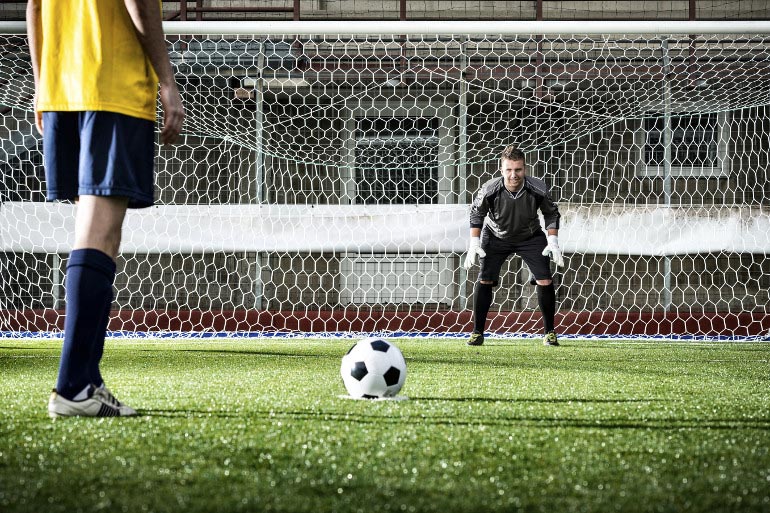
For example, in training, they do the shootout at the end of a practice. The coach will ask players who wants to take one, and will make the volunteer do the long walk to the spot, just like in a game.
While it is nearly impossible to recreate the actual level of pressure from the real situation, using similar conditions and triggers has shown to help players react in a more desirable and fluent way so that they feel like they know what they are doing and how they are going to do it, despite the pressure present at the time.
By carrying out this practice they are also still constantly rehearsing the closed motor skills involved in a penalty shootout too, so their technique should always be improving.
So in freestyle, if you are one of those people who love to rehearse their sets down to a tee, you could be strict on the timing of yourself and your sets. Use a buzzer sound, heck, even have a recording of Lorenzo’s voice calling “3! 2! 1!… switch!”
The theory is that such triggers on the day will have even less of a chance to disrupt you from what you have been rehearsing, as you are much more used to the conditions and stimuli. To those who have little experience in competitions, little things like these can have a big impact on their mental state, which can filter down to their ability, even down to something as simple as their juggling rhythm.
To draw upon the penalty shootout example again, ‘practice battles’ with other freestylers could also help to recreate some of the pressure and competitive edge that distinguishes from your set feeling more like a routine (again, feel free to apply the forfeit or reward addition). Of course however, there is the issue of wanting to keep your tricks a secret for competition day, but this is something we’ll leave to your discretion.
Managing Expectations
Athletes are always going to have their own personal goals and expectations, but there is certainly a trap to avoid falling into when it comes to managing these expectations. That trap is the assumption that being confident about something and expecting something are one and the same.
Those who maintain very high expectations or demands of themselves can easily lose confidence when they don’t perform up to those expectations. This can lead to all kinds of judgmental thinking, self-doubt and frustration, which leads to a lack of focus, which leads to even poorer training and performances, and so on. It is easy see the potential downward spiral here. So what could you do?
The general theory is that replacing these lofty expectations with process goals (or mini goals) helps to flourish confidence, even when the result is not as was hoped.
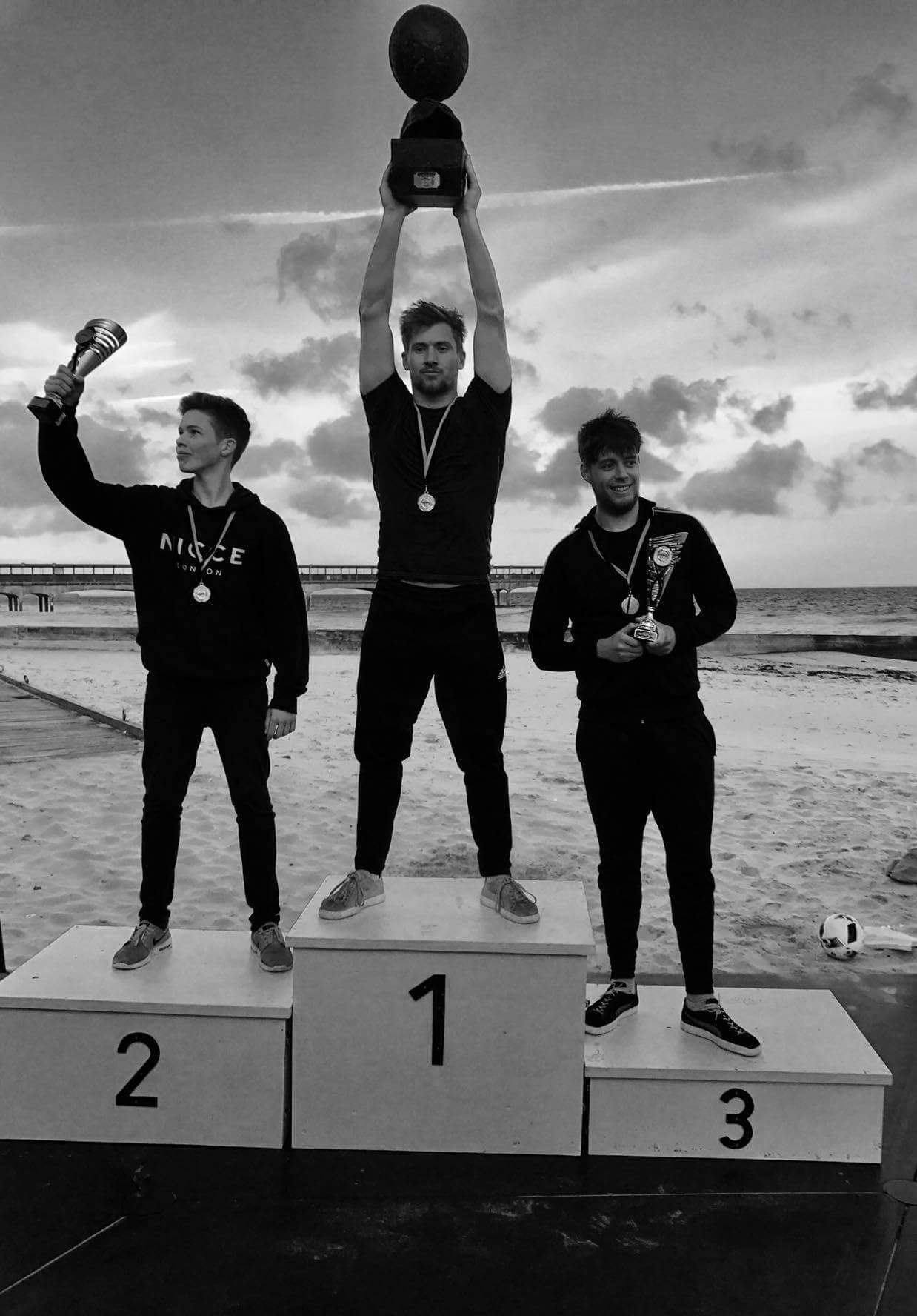
So in freestyle, a goal you might want achieve is to win your national championships. Fantastic. Now I’ll leave that up to you as to how realistic a goal you might think that is of yourself, as you should know your own capabilities better than anyone else. But can having a goal like this deter and distract from the little segments that build up to making this happen?
Some would strongly argue it can, and that’s why we replace these high expectations with those smaller goals. The smaller goals in turn still contribute to you delivering the best performance you feel you can, while also keeping sight of the bigger picture altogether.
I for example, have a massive tendency to not use my weak foot at all in competitions, even though this is something I practice a lot more now. My weak foot adds more variety to my combos and therefore I want to improve here. So a process goal could be “to trust in and use your weak foot more than once in a big combo.” Take your time and set yourself for that big finishing move of a backflip catch to end the set – or whatever your finishing move is.
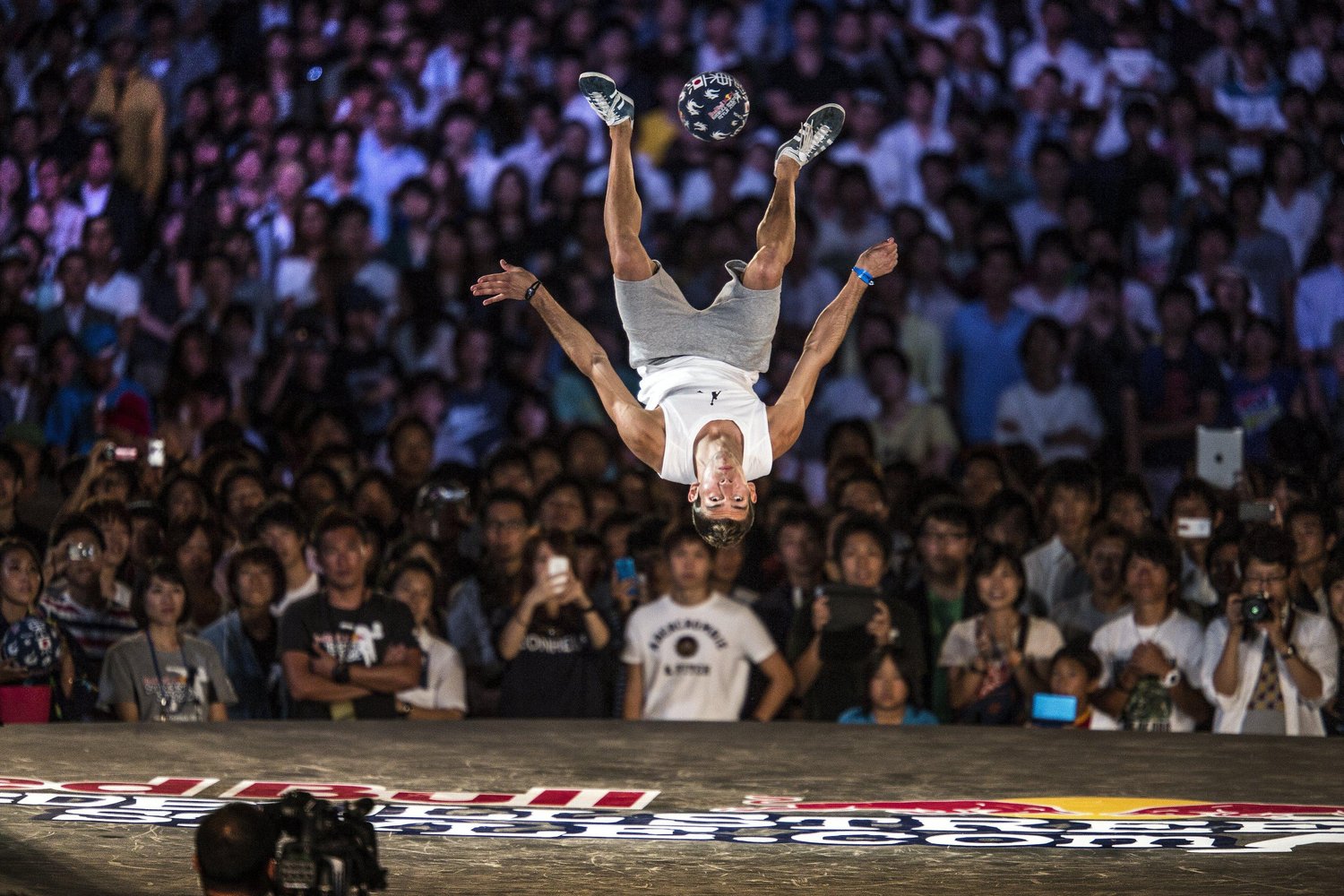
So even if you get eliminated from the competition a lot sooner than you would have liked or expected from yourself, it’s important to take note of the other smaller process goals and acknowledge positives from this to avoid the negative effects of a disappointing performance. So in the weeks leading up to a competition, think positively about what you’d like to achieve and how to manage those expectations.
Make sure you regularly check into Urban Pitch for Part II of The Mental Side of Freestyle Series.

